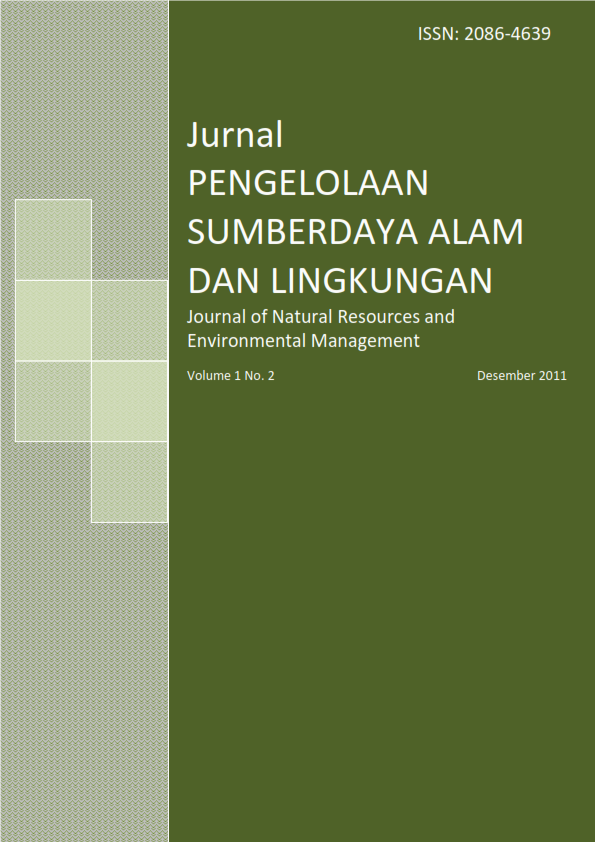ANALISIS KOMPOSISI DAN STRUKTUR VEGETASI TERHADAP UPAYA RESTORASI KAWASAN HUTAN TAMAN NASIONAL GUNUNG GEDE PANGRANGO
Abstract
Gunung Gede Pangrango National Park (GGPNP) Forest Area has many ecosystem/forest vegetation type. The research aim was to analysis vegetation structure and composition at GGPNP forest area in many forest vegetation type. Research conducted by through vegetation analysis activity by used squared strip method. The results show that form of horizontal stand structure of Natural Forest stand tend to come near form of J-inversed (negative eksponensial) letter spread and form of horizontal stand structure graph of Mixed Rasamala Forest, Mixed Puspa Forest, Damar Forest, and Pine Forest stand be under horizontal stand structure graph of Natural Forest stand. Natural Forest has species number and species diversity index of higher level type at all levels growth of vegetation if compared to others forest vegetation types. Natural Forest has species evenness index of higher level type only at tree growth level, but rather lower at seedling growth level, sapling growth level, and pole growth level if compared to others forest vegetation types. There were 15 vegetation species found at all of forest vegetation types which have potency as pioneer vegetation in restoration activity of GGPNP forest area.
Keywords: Vegetation structure and composition, forest restoration, national park
References
Authors
Authors who publish with this journal agree to the following terms:
- Authors retain copyright and grant the journal right of first publication with the work simultaneously licensed under a Creative Commons Attribution License that allows others to share the work with an acknowledgement of the work's authorship and initial publication in this journal.
- Authors are able to enter into separate, additional contractual arrangements for the non-exclusive distribution of the journal's published version of the work (e.g., post it to an institutional repository or publish it in a book), with an acknowledgement of its initial publication in this journal.
- Authors are permitted and encouraged to post their work online (e.g., in institutional repositories or on their website) prior to and during the submission process, as it can lead to productive exchanges, as well as earlier and greater citation of published work (See The Effect of Open Access).





